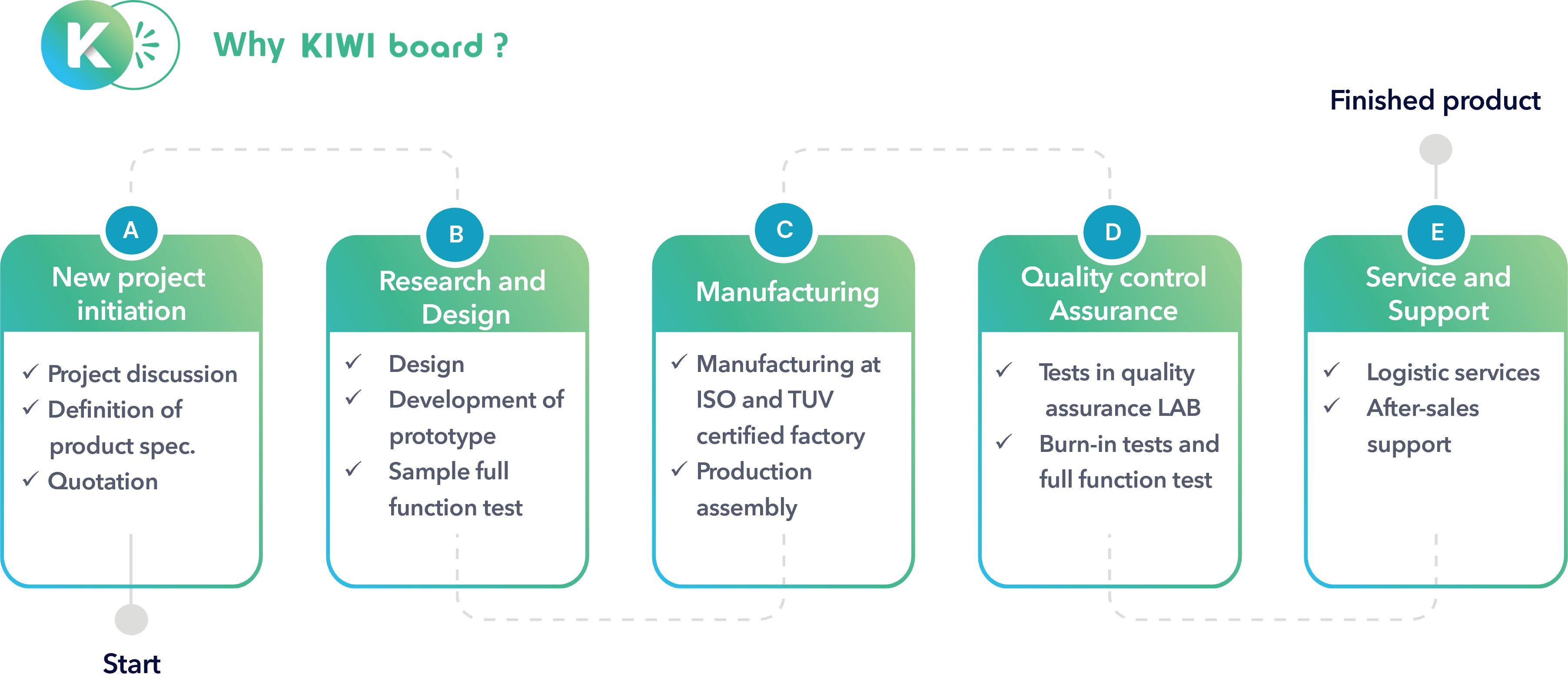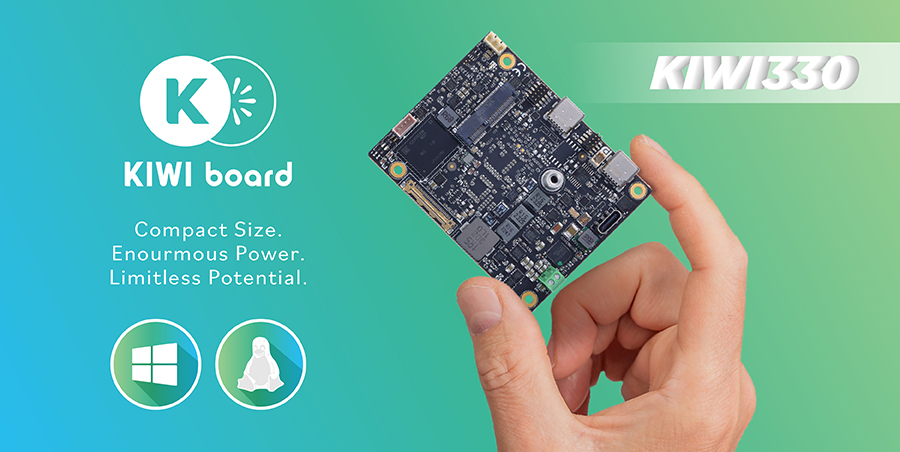
M.2 Smaller, Faster, Smarter Interface
Technology is advancing at an unprecedented rate, and every new generation of devices requires more power in increasingly compact spaces. As laptops became thinner, IoT devices proliferated, and industrial systems needed greater flexibility, traditional expansion standards such as mSATA and mPCIe could no longer keep pace. The industry needed a solution that was smaller, faster, and more adaptable. That solution was M.2, a standard designed to redefine performance and scalability without sacrificing size.
From NGFF to M.2
Initially introduced in 2013 under the name NGFF (Next Generation Form Factor), the M.2 standard was designed as a direct replacement for mSATA and mPCIe. Its goals were clear: reduce the space required on motherboards, support multiple protocols through a single connector, and allow for different card lengths to suit everything from ultra-thin laptops to powerful servers and industrial single-board computers.
M.2 Makes the Difference in Applications
The versatility of M.2 has led to its widespread adoption across various applications. In storage, NVMe SSDs in M.2 format have become the benchmark in PCs and servers thanks to their outstanding performance. In connectivity, Wi-Fi, Bluetooth, and 5G cards commonly use this format in modern laptops. In embedded and industrial computing, boards like the KIWI330 and KIWI310 utilize M.2 modules to integrate AI accelerators, Wi-Fi, and Bluetooth cards in extremely compact spaces. In the automotive sector, M.2 modules support ADAS, infotainment, and vision systems, while in edge computing, they enable efficient AI processing thanks to their low power consumption and high performance.
Keys Compatibility and Functionality
A fundamental feature of the M.2 standard is the use of keys, physical notches that determine the electrical and mechanical compatibility of the modules.
- The Key A supports PCIe x2, USB 2.0, I²C, and DisplayPort, and is typically used for wireless modules and light expansions.
- The Key E also supports PCIe x2, USB 2.0, I²C, and UART, and is the most common slot for Wi-Fi and Bluetooth in laptops and SBCs.
- The Key B supports PCIe x2, SATA, and USB, making it suitable for SATA/PCIe SSDs and LTE/5G modems.
- The Key M supports PCIe x4 or higher, NVMe, and SATA, and is the standard for high-performance NVMe SSDs in modern PCs.
There are also combined keys, designed for broader compatibility. For example, B+M keyed SSDs fit in both B and M slots but are limited to PCIe x2 speeds, while A+E keyed cards can work in either A or E slots, making them versatile for wireless connectivity solutions.

.jpg)
Schematic figure of contact shapes of Key A, E, B, M, and their combinations (Source)
Miniaturization Without Compromise
The M.2 standard has become a cornerstone of modern computing by combining compact design, multiple protocol support, and high performance for applications ranging from ultra-fast storage and wireless connectivity to industrial systems, automotive vision, and edge AI. With its flexible key system (A, E, B, M), M.2 ensures compatibility with future generations of PCIe such as 6.0 and 7.0. To see how this standard is applied in practice, explore our next article on the KIWI330 platform and its integration of M.2 modules for AI acceleration and advanced connectivity.
About KIWI Board
KIWI board is a complete solutions provider, supporting every aspect of your project, from hardware to software and system integration, to get your application functioning securely, reliably, and at peak performance. KIWI board builds its products for high reliability, high performance, security, scalability, and versatility so customers can expect extended service life, quickly adapt to evolving system requirements, and adopt future technologies as they emerge.
Next steps
Ready to talk about your projects with a KIWI board expert? Contact us
Want to hear more from KIWI board? for our newsletter Sign up
Or request a quotation







